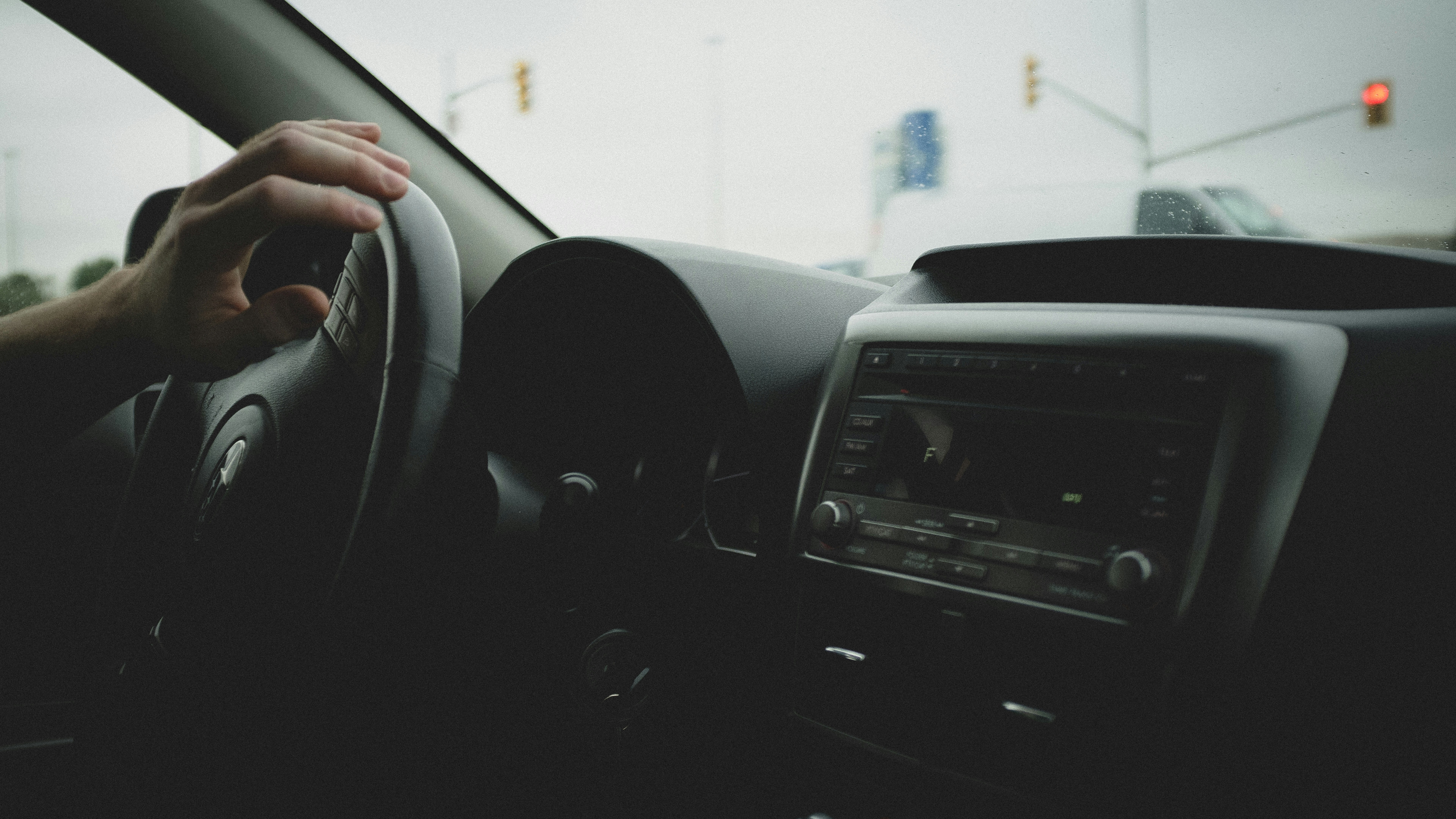Steps You Should Take To Control The Speed Of Your Vehicle

Safe driving practices not only help you avoid accidents but also contribute to a more enjoyable and efficient driving experience.
Summary
- 1. Understand Your Vehicle’s Speedometer
- 2. Obey Speed Limits
- 3. Adjust Your Speed Based on Road Conditions
- 4. Use Cruise Control Wisely
- 5. Stay Alert and Avoid Distractions
- 6. Practice Defensive Driving
- 7. Regularly Maintain Your Vehicle
- 8. Learn to Use Your Vehicle’s Advanced Features
- 9. Understand Local Traffic Laws
- 10. Practice Safe Driving Habits
Maintaining control over the speed of your vehicle is crucial for ensuring safety on the road. Whether you’re navigating city streets or cruising on the highway, managing your speed effectively can prevent accidents, reduce fuel consumption, and enhance the overall driving experience. Here are some essential steps you should take to control the speed of your vehicle:
1. Understand Your Vehicle’s Speedometer
Your vehicle’s speedometer is a key tool for monitoring your speed. Familiarize yourself with its layout and functionality. Make sure it’s working correctly and always keep an eye on it while driving. If you notice any discrepancies, have it checked by a professional.
2. Obey Speed Limits
Speed limits are set based on road conditions, traffic patterns, and safety considerations. Always adhere to posted speed limits to avoid fines and ensure you’re driving at a safe speed for the conditions. Remember, speed limits can vary depending on the type of road and area you’re in, so stay alert to changing limits.
3. Adjust Your Speed Based on Road Conditions
Speed limits are general guidelines, but you should adjust your speed based on current road conditions. For example:
- In Bad Weather: Rain, snow, fog, and ice can make roads slippery. Reduce your speed to maintain control.
- On Curves and Hills: Slow down before navigating curves or climbing hills. Your vehicle’s handling may be affected by steep inclines or declines.
- In Heavy Traffic: Maintain a safe following distance and adapt your speed to match the flow of traffic.
Related: Learn to Drive a Car in the UK - Step-by-Step Guide
4. Use Cruise Control Wisely
Cruise control can help maintain a consistent speed, especially on long highway drives. However, use it wisely:
- Avoid Cruise Control in Poor Conditions: Don’t use cruise control in heavy rain, snow, or icy conditions as it may reduce your control over the vehicle.
- Be Prepared to Take Over: Always be ready to disengage cruise control if you need to adjust your speed quickly.
5. Stay Alert and Avoid Distractions
Distractions can lead to speed violations and unsafe driving. Avoid using your phone, adjusting the radio, or engaging in other distractions while driving. Stay focused on the road and be aware of your surroundings to maintain appropriate speed.
6. Practice Defensive Driving
Defensive driving involves anticipating potential hazards and adjusting your speed accordingly. Look ahead and anticipate the actions of other drivers. If you see brake lights ahead or anticipate changes in traffic flow, adjust your speed in advance.
7. Regularly Maintain Your Vehicle
Proper vehicle maintenance is essential for optimal performance and safety. Regularly check your tires, brakes, and suspension system to ensure they are in good condition. Well-maintained vehicles respond better to speed changes and are safer to drive.
8. Learn to Use Your Vehicle’s Advanced Features
Modern vehicles come equipped with various advanced features designed to assist with speed control, such as adaptive cruise control, lane-keeping assist, and automatic emergency braking. Familiarize yourself with these features and use them to enhance your driving experience.
9. Understand Local Traffic Laws
Traffic laws and regulations can vary by location. Familiarize yourself with local traffic laws and regulations, especially when driving in unfamiliar areas. Knowing the rules will help you drive safely and stay within legal speed limits.
10. Practice Safe Driving Habits
Ultimately, controlling your vehicle’s speed is about practicing safe driving habits. Stay calm, avoid aggressive driving, and always be prepared to adapt your speed to changing conditions.
By following these steps, you can ensure that you have better control over the speed of your vehicle, enhancing safety for yourself and others on the road. Safe driving practices not only help you avoid accidents but also contribute to a more enjoyable and efficient driving experience.


